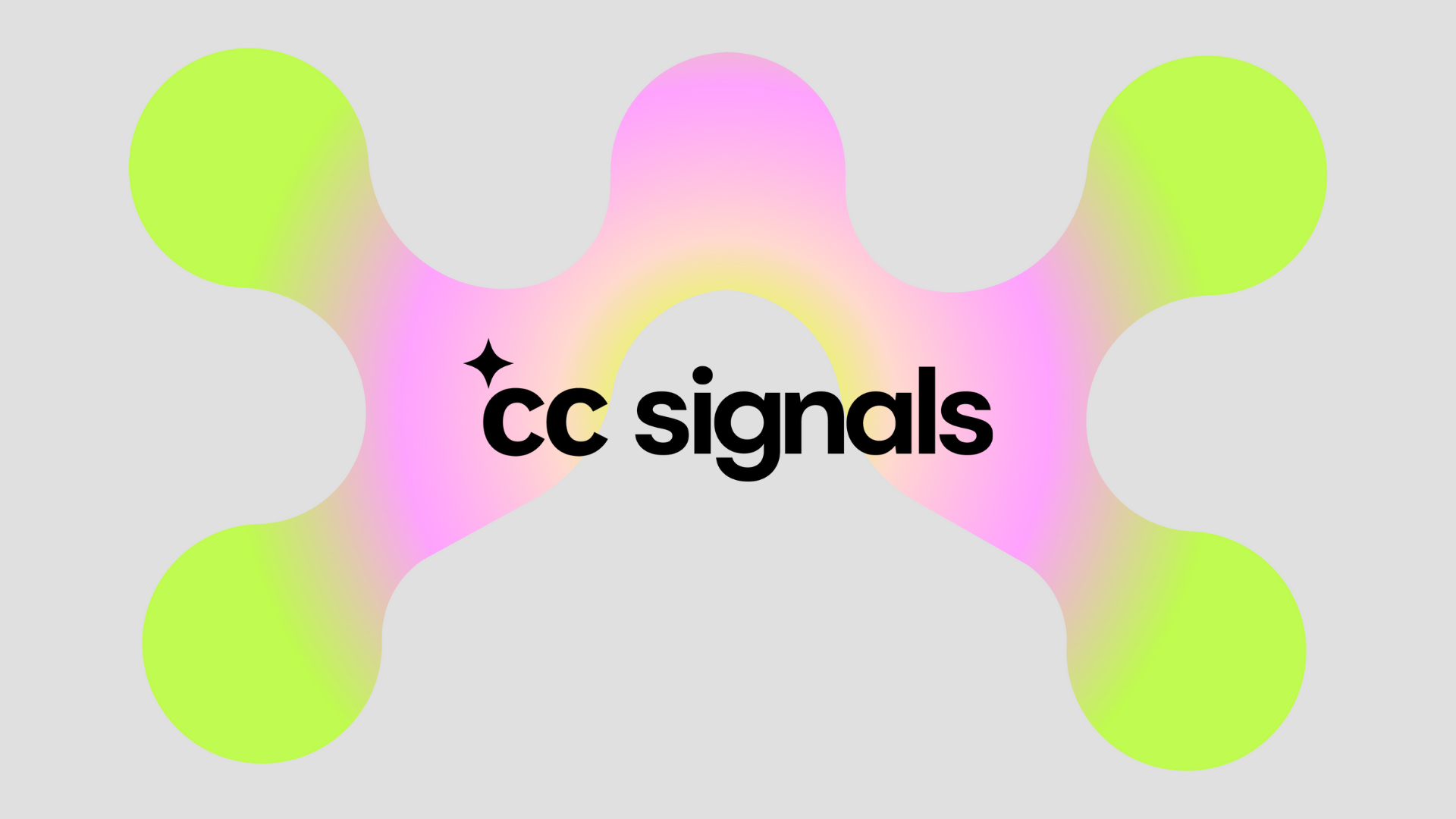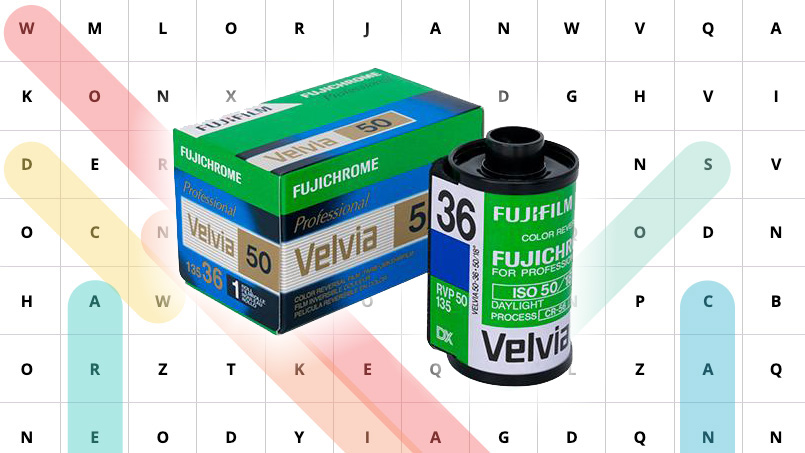AI has broken artists’ relationship with the internet. Creative Commons is proposing a fix that signals how a photo can be used by machines
Creative Commons is proposing a set of signals that enable creators to signal to AI how the work can be used

The signals that indicate how to use a Creative Commons photograph could soon serve as inspiration for enabling creators to flag how an AI is allowed to use that image in training datasets. The nonprofit Creative Commons organization is developing a system for flagging how an AI is allowed to use a work in training, a set of labels the organization is calling CC Signals.
CC Signals takes inspiration from Creative Commons licensing options. Much like artists choosing to share their work under Creative Commons can choose an attribution required label or a non-commercial use license, creators can choose a CC Sigmal to indicate how an AI can use the work.
Like Creative Commons licenses, CC Signals aren’t exclusive to photography but could apply to a wide variety of works placed in the Creative Commons. The proposed CC Signals so far have four different signals, which can be combined in a few different ways:
- Credit: The work can be used for AI training if credit is given
- Direct Contribution: The work can be used for AI training with a contribution, either monetary or in-kind support
- Ecosystem Contribution: The work can be used for AI training if the AI makes a contribution to the Creative Commons ecosystem
- Open: The work can be used for training only if the AI is an open type, such as the Model Openness Framework or the Open Source AI Definition
Those four signals will be combined to give creators four different CC Signals to choose from; mainly, a Credit type on its own or Credit with each of the other three signal types.
CC Signals is still under development, but by sharing the concept with the public ahead of an expected November 2025 launch, Creative Commons can collect public feedback. The signals are designed to be understood by both humans and machines, such as web crawlers. The signals are also designed to be used globally.
“A thriving creative commons belongs to all of us, including humans using machines to generate insights and discoveries,” the organization wrote in a paper outlining the concept.
“But a creative commons will not thrive on extraction or neglect. It requires care, reciprocity, and intention. Call it stewardship, a circular economy, or regeneration, the principle is the same: the commons must be replenished by the collective it serves.”
The best camera deals, reviews, product advice, and unmissable photography news, direct to your inbox!
CC Signals aren’t designed for artists who want to retain full rights to their works; rather, the structure is being developed in order to allow artists sharing within the Creative Commons to signal preferences for how the material may be used in machine learning.
In the paper, Creative Commons argues that AI models are profiting off the Creative Commons while threatening its existence at the same time. The organization says that some creators, unable to prevent AI from using their work, have stopped sharing online at all or blocked content from being used by web crawlers. Reciprocity is key for a thriving commons, the organization argues.
“This shift away from allowing any machine reuse of content represents the kind of all-or-nothing choice that is likely to have negative effects,” the organization wrote. “Overbroad opt-outs risk unintentionally limiting many of the types of TDM that have long been considered acceptable and socially valuable.”
Creative Commons calls CC Signals more of an ethical and pragmatic tool rather than a legal one, noting that scenarios exist where creator consent may not be legally required under law. “We do not believe the expansion of copyright is a viable path toward a new social contract,” the organization wrote. “We fundamentally believe that ideas, facts, and basic building blocks of knowledge cannot be owned.”
While Creative Commons announced the development of CC Signals on June 25, the format isn’t yet ready for launch. Instead, the organization is looking for public feedback ahead of a proposed November 2025 release. Creators are invited to submit feedback on the proposed structure using GitHub.
You may also like
Browse the best photo editing software, or learn how to prevent AI from using your photographs.

With more than a decade of experience writing about cameras and technology, Hillary K. Grigonis leads the US coverage for Digital Camera World. Her work has appeared in Business Insider, Digital Trends, Pocket-lint, Rangefinder, The Phoblographer, and more. Her wedding and portrait photography favors a journalistic style. She’s a former Nikon shooter and a current Fujifilm user, but has tested a wide range of cameras and lenses across multiple brands. Hillary is also a licensed drone pilot.
You must confirm your public display name before commenting
Please logout and then login again, you will then be prompted to enter your display name.
